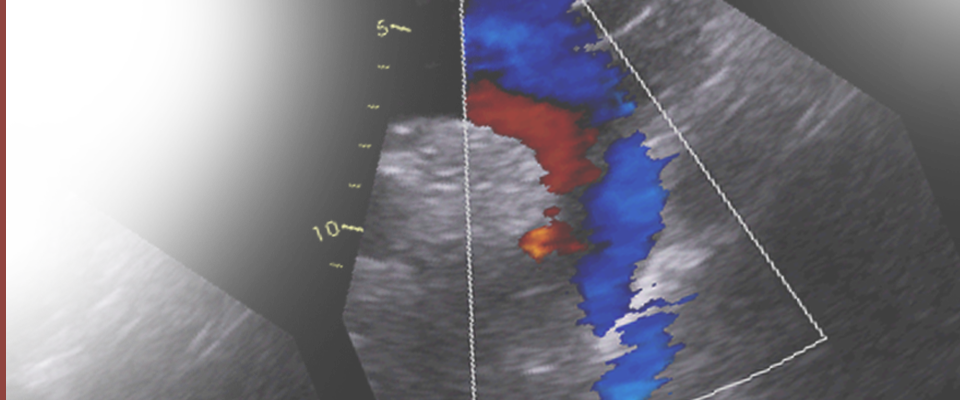Registration is temporarily closed for course revisions. Check back soon!
This course is currently undergoing updates and registration is temporarily closed.
This course is a comprehensive online Self-Study program for physicians practicing echocardiography or studying to take the NBE exam. All material will be presented in an on-line format where the student will review interactive didactic material, teaching points, and case based learning to include images, videos and clinical scenarios.
Each course topic concludes with an interactive quiz to guage the learner's retention of the materials presented.
Disclosures: Faculty member Steven Mottl and content contributors Drs. Raj Janardhanan, Sasanka Jayasuriya, Reza Arsanjani and Abhijeet Dhoble have no relationships with commercial interests that would constitute a conflict of interest. Disclosures were also obtained from the CME Outfitters, LLC and MD Training @home staff: Nothing to Disclose.

Additional Course Information
2) Evaluate cardiac chamber size, left ventricular systolic and diastolic function
3) valuation of the right ventricle
4) Hemodynamic assessment
5) Basic and advanced principles of TTE and TEE imaging
6) Stress echocardiography for coronary artery diease and beyound
7) Usefulness of contrast echo
8) Endocarditis
9) Diagnose and quantify etiology and severity of native and prosthetic valvular heart disease
10) Distinguish and differentiate causes of heart failure, cardiomyopathies and pericardial disease
11) Diagnose and differentiate cardiac masses and tumors
12) Diagnose and distinguish diseases of the aorta and pericardium
13) Recognize echocardiographic cardiac features of systemic diseases
14) 3d Echo and strain imaging
15) Discuss simple and complex congenital heart disease
16) Utilizing echo in the operating room and cath lab
This program not only focuses on the didactic material contained within the American Society of Echocardiography Guidelines but also provides access to a significant volume of case based learning. Many physicians do not have access to pertinent clinical and case-based educational tools regarding the application and interpretation of echocardiograms. This course addresses formal requests by physicians practicing echocardiography as well as the changes put forth (referenced above) by the American Society of Echocardiography and will enable changes in Practice Competence and Patient Outcomes.
In 2011 the Journal of the American Society of Echocardiography updated the guidelines for Appropriate Use Criteria in Echocardiography. These guidelines underwent significant change and were developed with input from the American Society of Echocardiography, American College of Cardiology Foundation Appropriate Use Criteria Task Force, American Heart Association, American Society of Nuclear Cardiology, Heart Failure Society of America, Heart Rhythm Society, Society for Cardiovascular Angiography and Interventions, Society of Critical Care Medicine, Society of Cardiovascular Computed Tomography, Society for Cardiovascular Magnetic Resonance and the American College of Chest Physicians. The guidelines contain updated recommendations regarding the appropriateness of transthoracic, transesophageal, and stress echocardiography in an expanded number of clinical scenarios. (J Am Soc Echocardiogr 2011;24:229-67.)
Director of Clinical Education
MD Training @home, LLC
Board certified in Internal Medicine and Cardiology
Subspecialty board certification: Echocardiography, Nuclear Cardiology, Vascular Imaging
Raj Janardhanan, M.D.
Content Contributor
Sasanka Jayasuriya, M.D.
Content Contributor
Reza Arsanjani, M.D.
Content Contributor
Abhijeet Dhoble, M.D.
Content Contributor